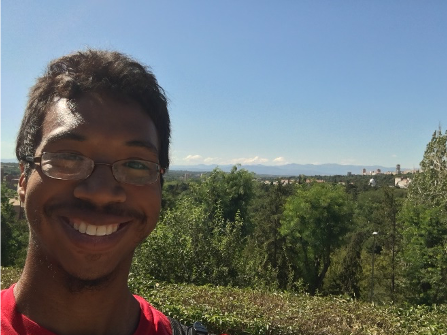Host: Institute for Theoretical Astrophysics, Center for Astronomy
I was working with Ralf Klessen’s team on their WARPFIELD model, a model that they first published in 2017. The basic idea behind this feedback model is that star clusters interact with the interstellar medium (ISM) in various ways, most importantly in the destruction of molecular star-forming clouds. In galactic scales, this results in inefficient star formation. On cloud scales, ionizing radiation creates HII regions while stellar winds and supernovae (SNe) drive the ISM into thin shells. These shells are accelerated by the combined effect of winds, radiation pressure, and SN explosions and slowed down by gravity. Radiative and mechanical feedback is highly interconnected, and WARPFIELD is a semi-analytic 1D feedback model for isolated massive clouds to calculate shell dynamics and shell structure simultaneously. My task over the summer was mainly to get an understanding of the WARPFIELD model and to produce some initial radiation plots. Producing initial radiation plots required using Python, and although I had some programming experience before in C++ and Java, this was my first time using Python.
A key takeaway from my research is that astrophysics research is something I am strongly considering at pursuing in the future. I confirmed that graduate school is something that I want to do after graduation. I plan on maintaining contact with the research team at the University of Heidelberg. I became familiar with yet another region of Germany – the Rhein-Neckar triangle, which comprises of Heidelberg and its neighboring cities, including Mannheim. One of my German teachers at MIT is from Mannheim. And, of course, I got to improve my German, a language I am becoming fluent in.


